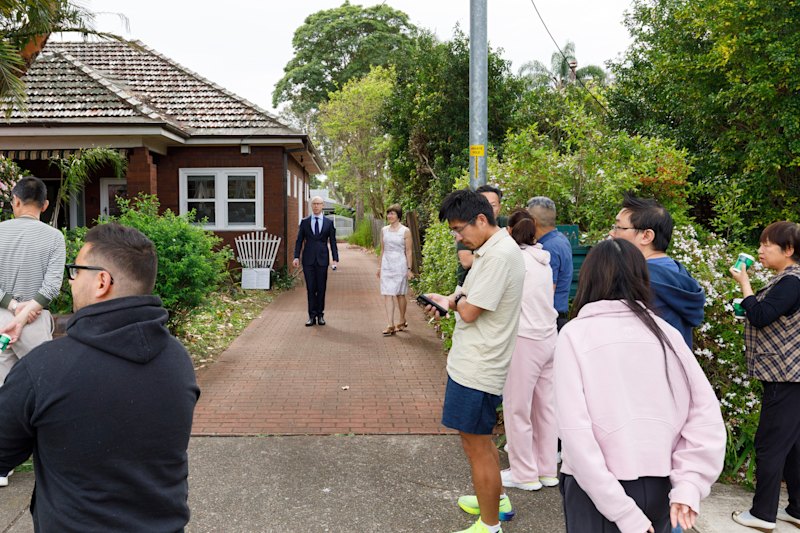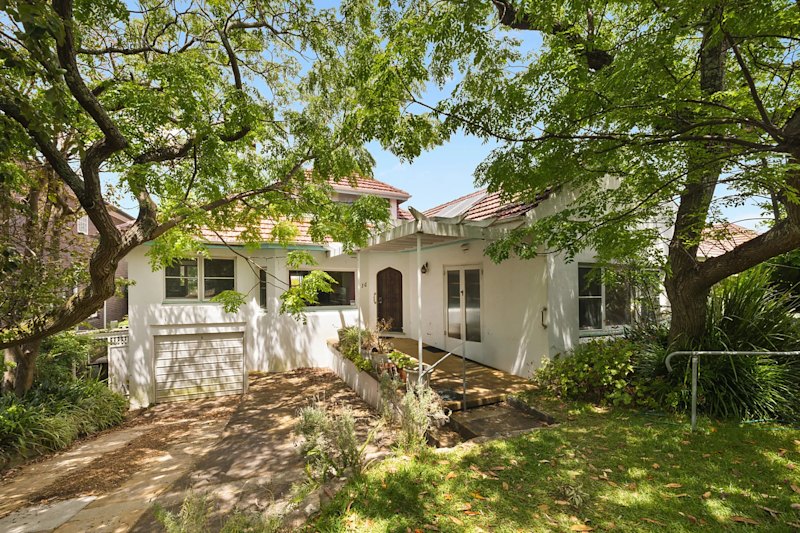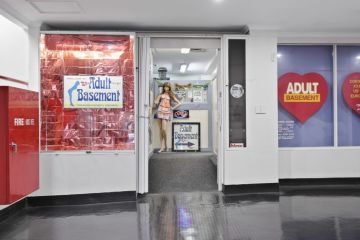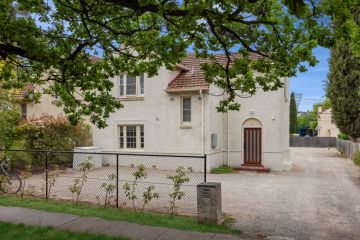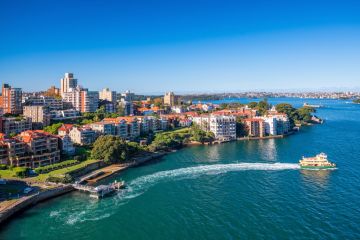Is Australia ready for New York’s commercialised communes?
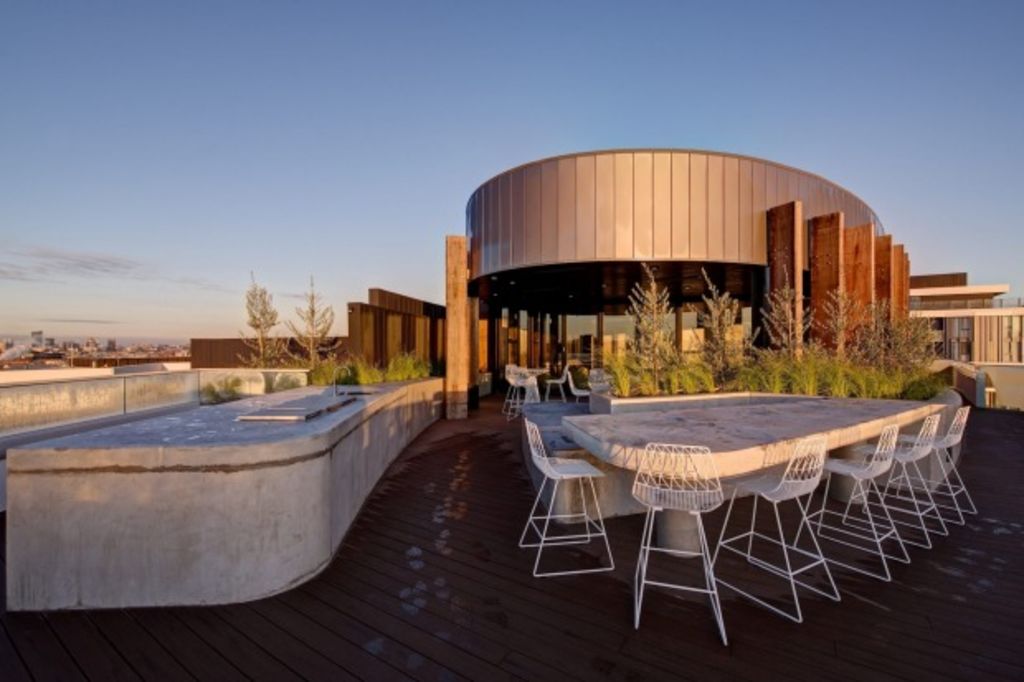
A development in Brooklyn’s Williamsburg is setting a new standard of modern living.
Titled “Pure House“, the apartment building provides residents with a fully furnished private or shared bedroom, plus access to the building’s “clubhouse” with communal living and kitchen areas.
What distinguishes Pure House from student accommodation or a hostel is the building’s in-built “benefits”, including dinner parties, “sober morning raves”, meditation classes, storytelling events, holistic health coaching and group fitness classes.
Utilities, cleaning, laundry and meal plans are also included in the monthly membership price that ranges from US$1600 to US$4000 ($2200 to $5500).
The Pure House model aims to foster a sense of community, cultivate collaboration and “facilitate serendipity and promote values of care, authenticity and integrity.”
John Kavanagh, director of Baker Kavanagh Architects (BKA), thinks the model could work in Australia too.
“I can definitely see the potential for buildings that are entirely made of communal apartments, but I believe the success of it will be highly dependent on location and quality of amenity,” Kavanagh says.
To be truly successful, buildings need to be in close proximity to transport, near natural settings and gather those with similar values.
“[Pure House] seems like a great idea since it encompasses these three reasons,” Kavanagh says.
Giuditta De Santis leads the design team at private property developer Caydon.
“The potential is there for further expansion of communal apartments and shared spaces, much in line with the spirit behind the concept of the Cairo apartments in Fitzroy,” De Santis says.
“I believe these shared spaces would appeal to first-time buyers, with an eye for good design and a realisation that access exists to a range of shared facilities, yet with no huge initial outlay.”
Communal facilities in Caydon developments include shared vacuum cleaners, a tool shed for bicycle maintenance and gardening and rooftop entertaining areas.
The company’s new development ‘Only’ in Melbourne’s Flemington features outdoor pods capable of hosting up to 30 guests for parties and race-day viewing over Flemington Racecourse.
In many areas, developers are now required to provide a certain percentage of apartment developments to community open space, but the quality of this “varies considerably” according to Kavanagh.
“Communal facilities may be more important to the owner occupier than to the investor,” Kavanagh says.
“The investor would want to avoid high strata fees that come with communal facilities to ensure higher return, whereas the owner occupier would have the opportunity to utilise the provided communal facilities.”
Rothelowman Principal Chris Hayton says the value of communal spaces in apartments is becoming better understood.
“We have moved on from the world where agents demand a gym and a pool to sell apartments, to an understanding that communal spaces play an important role in developing a strong community and culture within a building.”
Architects at Rothelowman have designed a “health and wellbeing retreat” in the new Haven building, part of the Sanctuary on the River development in Melbourne’s Abbotsford.
The retreat also boasts a “lifestyle team” with a personal trainer, yoga instructor, beauty therapist, masseuse and art curator all available on request.
“The available onsite assistance of health and fitness professionals reinforces the intent to provide residents with easy access to a support structure to care for their wellbeing,” Hayton says.
We recommend
States
Capital Cities
Capital Cities - Rentals
Popular Areas
Allhomes
More
- © 2025, CoStar Group Inc.
